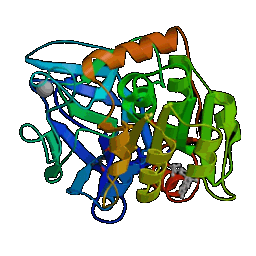
Generative Creativity - lecture 13:
Images
Introduction
Production of images and visual artefacts form another major
application area for GC.
Approaches tend to be be more computationally challenging and results
are often (though not always) viewed disparagingly.
The question of evaluation becomes particularly challenging.
Cave art?
Cave paintings from Chauvet cave dated to approx 32,000 years ago.
Lions hunting bison.
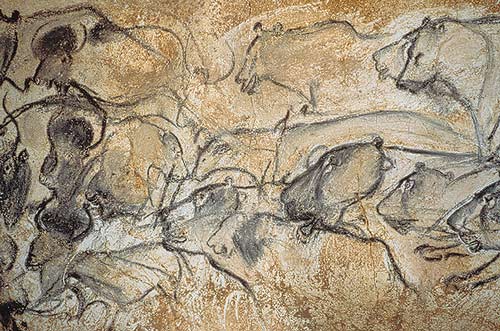
Horse heads
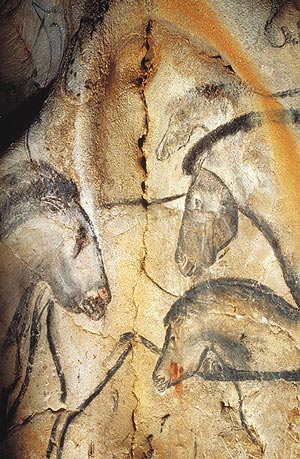
Note `generative' use of rock-shapes, cracks, lighting effects
etc.
14th century tiling
14th Century tile pattern from Nasrid Palaces, Granada, Spain
(photo from Roman Verostko)
Algorithmic propagation of basic shapes in interlocking patterns.

Schmidhuber low-complexity art
Schmidhuber's `low complexity art' is based on minimisation of
algorithmic-complexity, i.e., minimisation of the shortest possible
description for an image.
Schmidhuber's idea is that the subjectively more beautiful
image is the one with the simplest (shortest) description,
given the observer's method for encoding and
memorizing it.
On this assumption, the appreciation of visual beauty works the same was
as it does for a mathematician appreciating the beauty of a simple
proof.
Schmidhuber butterfly
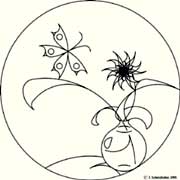
This image of a butterfly, sunflower and vase (at least I think that's
what it is...) was generated by finding the simplest way of constructing
the desired shapes out of the available shape primitives.
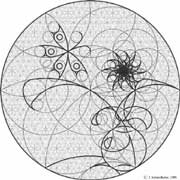
Fractal art
Image generation using recursive but not necessarily mathematical
specification.
Simple tree generation:
tree = branch branch
branch = tree
Generates
/\
/ \
/ \
/ \
/\ /\
/ \ / \
/\ /\ /\ /\
etc.
Pythagoras tree
Slightly more complex tree generation.
At each stage the drawing of a square gives rise to two smaller
squares so that the squares bound a right triangle.
In a stochastic version, right triangles are randomly varied
at each stage for a less symmetrical result.
PythagorasTree applet
Sierpinski triangle
Hat fractal
Fractal gallery
Large numbers of `fractal art galleries' available on the web,
e.g., http://fractalarts.com/ASF/galleries.html
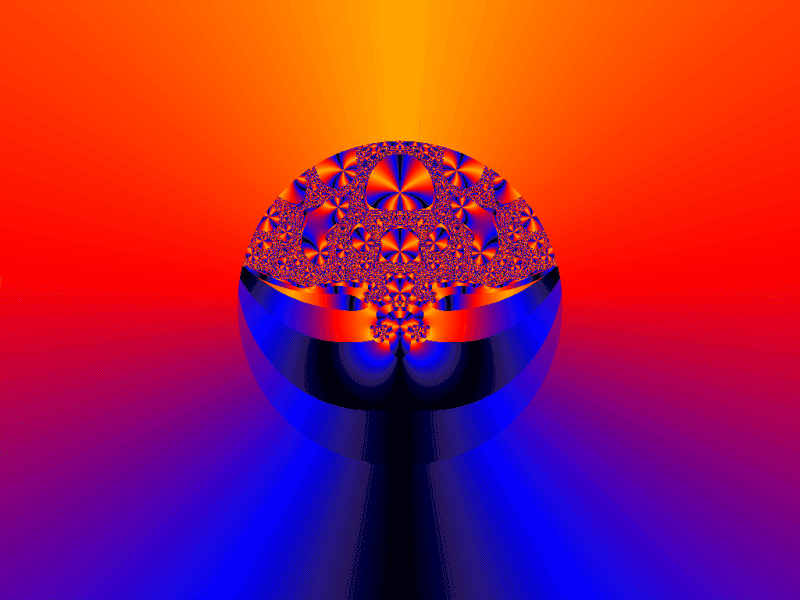
Fractal generator applets
Real-time fractal generators show how increasing levels of detail are
filled-out as the image is zoomed.
Harold Cohen and AARON
Harold Cohen has pursued at 30 year project to model his own creative
processes using a rule-based drawing/painting program called AARON.
A well-known early work from his `people on balls' period.
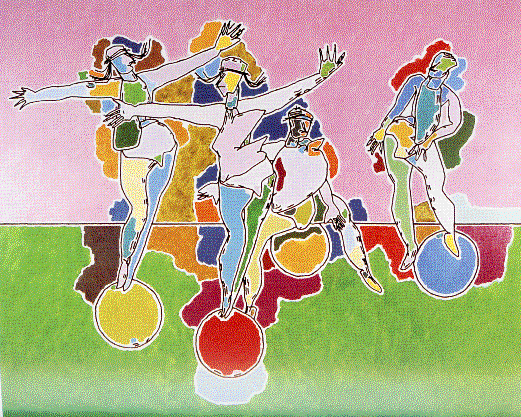
Rules
Rules in AARON cover things such as
- how to divide up 2d space (start at the bottom/front and work
up/back)
- how to avoid inconsistencies (e.g., don't cross lines)
- object knowledge (a ball is round, humans have two arms and two legs)
- occlusion knowledge (don't draw something if the viewer can't see it)
Getting the human feel
Cohen has been particularly successful in producing outputs with a
`human feel'.
This seems to have been achieved by having the program make use of
specifically `human' rather than `computational' methods.
For example, in an early version of the program, Cohen had the program
generate a shape (e.g., a leg) by drawing in a few guide lines and then
encircling them with a bounary. (These guide lines are visible in some
of the pictures featured in Boden's Creative Mind book.)
The AARON demo
The AARON of the demo version uses contour-influenced shading processes
(e.g., the texture of coloration is influenced by nearby boundaries).
It also uses various stochastic methods to give the drawing a slightly
`random' feel. This includes random selection of colors from tightly
defined ranges.
Cohen recently visited Sussex and gave a talk about his most recent work
with AARON.
This involves zoomed-in drawings (just the foliage now) and use of
random color schemes generated using class-based assignments of color
bases and randomisation using HSV (rather than RGB) representation.
What makes artist-models controversial?
GC approaches which use an explicit artist simulation tend to be highly
controversial.
These systems seem particularly to threaten our notions about the
special qualities of human creativity.
But what's the problem?
Summary
- Cave art
- Tiling
- Schmidhuber low-complexity art
- Fractal art
- Harold Cohen and AARON
- What makes artist-models controversial?
Exercises
- Look at the TubeImage.java applet and explain why it generates the
image shown above.
- In what sense does the the image generated by TubeImage.java
have fractal properties?
- Modify TubeImage.java so that it generates an image in which the
shade of each component oval corresponds in some way to its size
(e.g., make the brightness proportional to the size).
- Modify TubeImage.java so that the `hat' shape is curved or
`leaning over'.
Reading
Page created on: Wed Feb 17 10:57:05 GMT 2010
Feedback to Chris Thornton

